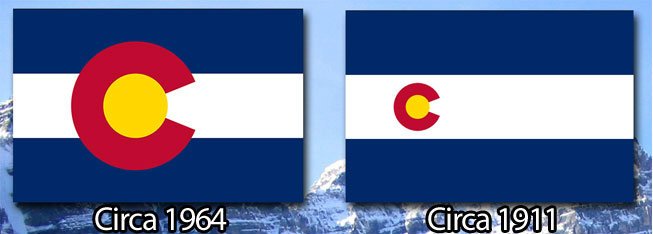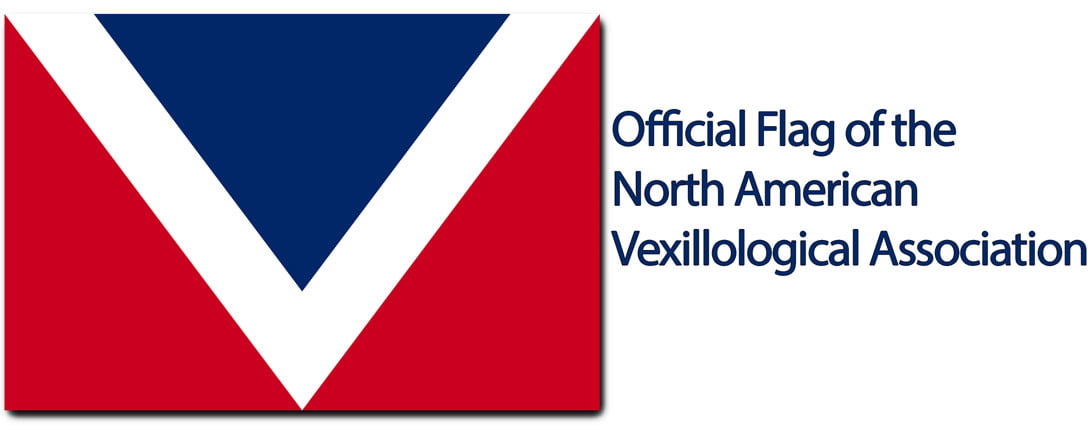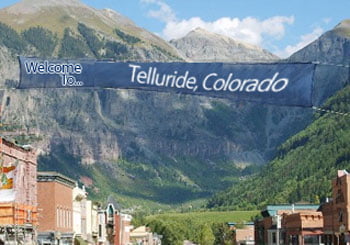No products in the cart.

The Colorado state flag was first introduced in 1911. It was designed by Andrew Carlisle Johnson and approved by a vote in the Colorado State General Assembly. There are 3 horizontal stripes on the flag, all of equal width and made up of two different colors. The middle stripe is white, while the top and bottom stripes are blue. On the stripes lays a red “C” - circular in shape with the negative space inside filled with a golden hue. Naturally, the colors on the flag were chosen for specific reasons, each having significance. The blue is meant to be a representation of the sky. The white represents snow-capped mountains, which is the most notable feature of Colorado’s skyline. The red is meant to stand for the earth’s soil. And the gold is a symbol for the shining sun, which is often seen radiating from the heavens most days in Colorado.

The General Assembly failed to specify a couple of very important details in the original legislative document they finalized. The document laid out standards for the flag design so this oversight lead to versions of the flag being produced with varying characteristics. The General Assembly corrected this inconsistency by getting together on February 28th, 1929 and modifying the legislation. The new verbiage dictated the blue and red would be the exact same shades as used on the national flag of the United States. This was further updated on March 31st, 1964 when they decided the diameter of the gold disc inside the “C” would be equal to the diameter of the flag’s center stripe.

There are some interesting facts related to the Colorado state flag. Colorado is the only state to incorporate its entire, unaltered design into its highway markers. There was a survey done in 2001 of 72 flags from various states, provinces and territories to see which flags were the most appealing. The survey was carried out by NAVA – the North American Vexillological Association. Quite an interesting word, the definition of “Vexillology” is the scientific discipline of studying the history, symbolism and usage of flags. Responses for the survey rolled in from 100 NAVA members and 300 individuals from the public. It was on a scale of 0-10 with 10 being the best. New Mexico, Texas and Quebec came in first, second and third, respectively. The outcome of this design survey ranked Colorado’s flag design at number 16! The criterion for a “good” design is one that can be easily identified at a glance, has good use of color, is unique and distinguishes itself from the others.

Oddly enough, there is even a case of someone being arrested for desecrating the Colorado state flag. In 1990, a local eccentric named Patrick Ray was living outside of Telluride, CO in the woods. He entered the local post office, tore down a flag and proceeded to shred the flag into pieces. He was arrested under the Colorado flag desecration law and subsequently fined $56.00 in addition to $12.10 to cover the cost of the flag. From legislative blunders, to design competitions and criminal acts – the Colorado state flag has had a wild ride from 1911 to present day.